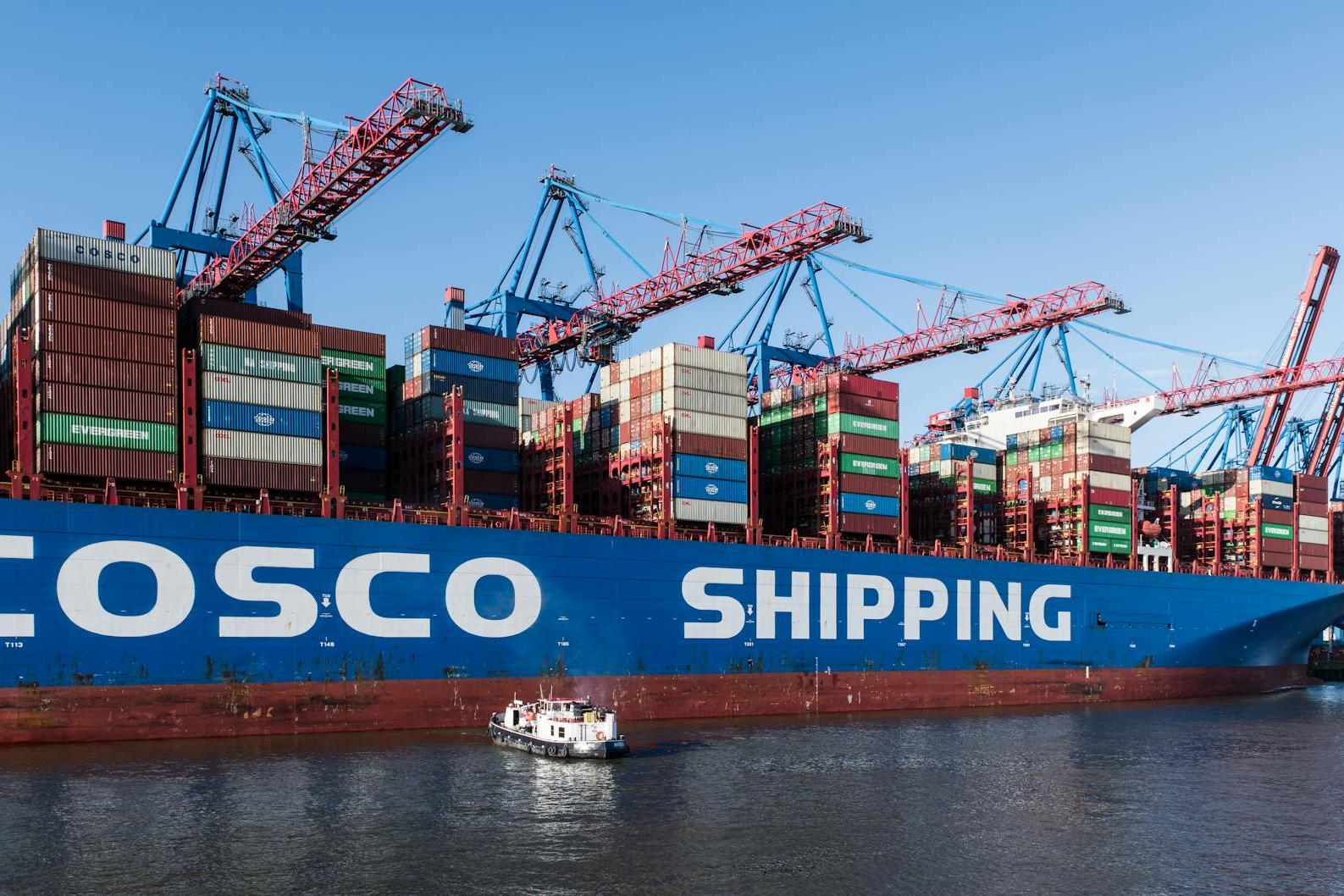
1. What basic qualifications are required for cement export?
According to the latest international trade regulations for 2025, cement export enterprises must possess:Foreign Trade Operator Registration RecordandCustoms registration for import/export consignorsandCommodityInspection of vaccinesQualifiedWhere:
- The product must comply with the technical standards of the target country (such as SNI certification in Southeast Asia and SASO certification in the Middle East).
- The classification of hazardous chemicals must be clearly defined (some highly alkaline cements require MSDS documents).
- The environmental approval document is a newly added requirement (to be implemented starting from 2024).
2. How to Choose Professional CementExport agent?
High-quality agents should possess the following characteristics:
- Industry Experience: Have handled at least 50+ cement export cases.
- Capacity of service:
- Capable of handling bulk/bagged different transportation methods
- Proficient in entrepot trade to circumvent anti-dumping duties.
- Risk control: Equipped with pre-inspection and quality dispute resolution mechanisms
3. What is the specific operational process for cement export?
The standard process consists of 7 key steps:
- Sign a tripartite agreement (factory - agent - buyer)
- Apply for Pre-shipment Inspection Certificate
- Booking and cargo consolidation at the port (Note: Special holds for bulk cement)
- customs clearanceDocument preparation (with special focus on HS code 2523290000)
- Marine insurance application (recommended to insure with a 10% markup)
- Foreign exchange settlement (recommended combination of LC + backup TT)
- Tax refund declaration (current refund rate: 9%)
IV. How to Accurately Calculate Export Costs?
Taking the 2025 Southeast Asia route as an example, the cost composition per ton FOB is as follows:
- Factory price including tax: ¥320-380
- Port miscellaneous fees: ¥45-60 (including fumigation and pallet costs)
- Ocean Freight: $18-25 (Approximately 15% discount for bulk carriers)
- Agency service fee: ¥25-40/ton
- Contingency reserve (recommended to set aside 3%)
V. How to Prevent Common Trade Risks?
Recent High-Frequency Risk Cases and Response Plans:
- 20. Quality Dispute: Loading port SGS inspection + re-inspection at discharge port clause
- Demurrage loss: The buyer is required to prepay a port deposit.
- Antidumping investigation:Circumventing through transshipment in Malaysia
- Exchange rate fluctuations:Use forward exchange settlement to lock in the exchange rate.
6. What are the new trends in cement exports for 2025?
According to industry monitoring data:
- The proportion of green cement exports has increased to 35% (EPD environmental declaration required).
- RCEP member states expand tariff preferences (average tariff reduction of 8.2%)
- The digital customs declaration adoption rate exceeds 70% (requires agents to possess Single Window integration capabilities).


 Follow the customer service WeChat account.
Follow the customer service WeChat account.